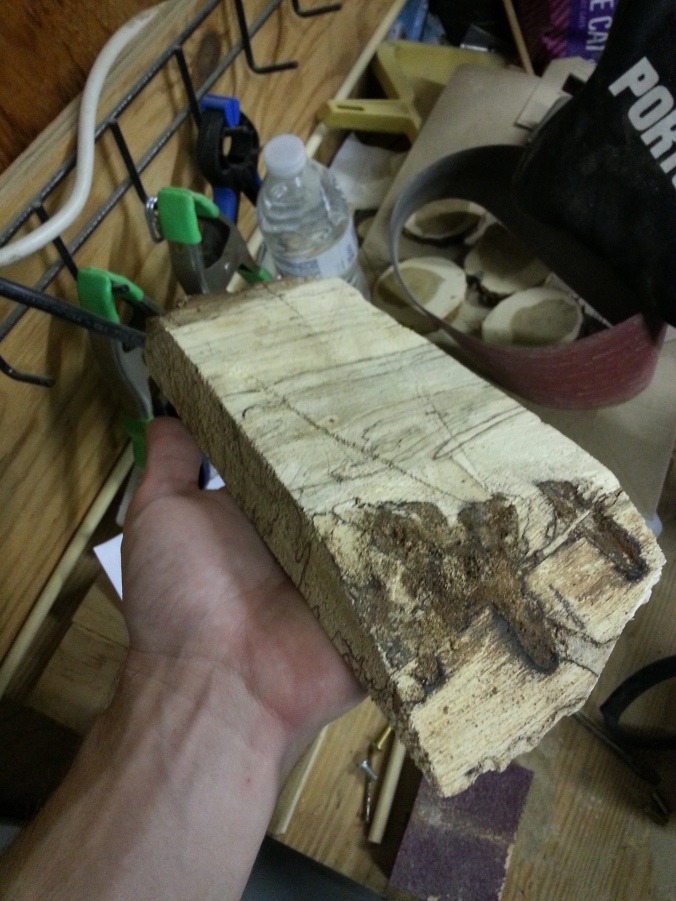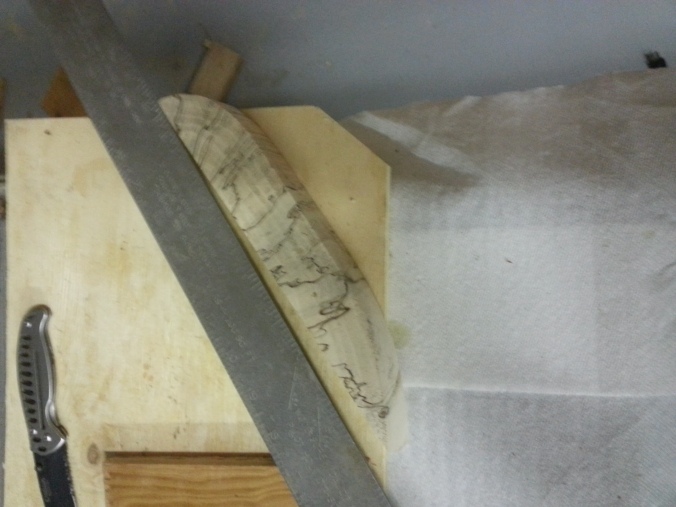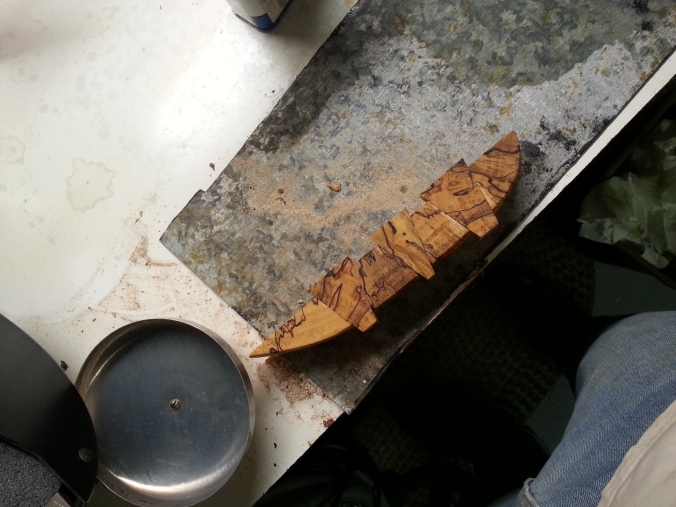I know it’s been a while since I’ve posted anything on here (besides yesterday), but I have a backlog of about 3-4 projects I need to upload…they’re coming, I promise. In the meantime, here’s how I made a DIY secret compartment in a bookcase.
I found an ad on Craiglist for a decent-looking “oak” bookshelf for $40, so I offered the guy $20 and to haul it away myself. Just like that I became the proud owner of a genuine veneer wood dinged-up-in-several-places-suspiciously-absent-from-the-online-photos bookshelf. But, it was only $20. This thing is 3 feet wide and about 6 feet tall.
First things first…this sucker was wobbly. I bought and installed a few pieces of wood to brace the back and provide stability.

I built a box out of scrap wood and screwed it to one of the shelves. This is me previewing what will eventually be the opening to the compartment. The least believable part of this whole “secret” bookshelf is that I might actually own a book called “Compiler Design in C”.

Okay, I realized I skipped a few steps here, but I forgot to take the pictures. I used a cabinet hinge on the bottom, a folding lid stay to guide and support the book up and down, and a cabinet style push latch on the top.

Time to cut some books on the bandsaw! I bought all of them secondhand from Savers for about 50 cents each. Post-cutting, I clamped them individually and used Gorilla wood glue on the inside edges (but not the top, for aesthetics) so that the pages would harden and stick together.

All set in place. I used velcro to attach the hollow books so they would stick in place but still move enough to appear real.
I used a walnut stain, which was the darkest I had on hand. I also stained the back braces so they wouldn’t stand out so much. Here’s a gif of it in action:
The neat thing about the push latch is you have to apply just enough force in just the right spot for it to unlock the compartment. Now all I have to do is find something secret enough to keep in there — thanks for reading!
Pat













